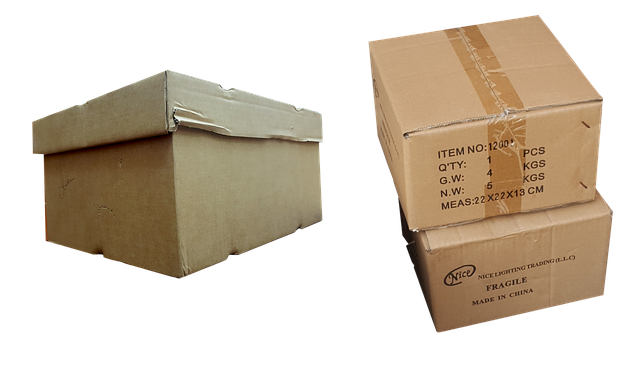
If you are buying some products from China in order to sell them overseas then the question of the logistics and transportation of your goods is an important point to consider. It sounds very unsingnificant but my experience tell me than managing logistics properly is just as much important as managing quality control on mass production.
I give here a few tips related to managing master carton to send your product and to avoid getting bad surprises when receiving your goods overseas.
# Use carton with staples
If you have the choice to choose your carton, you better choose carton which are made in one part. If the carton is assembled, you should better choose a carton which is assembled with glue and consolidated with staple. So that it limit the risk to get your carton opening or torn too easily on its side. Staples consolidate the structure of the carton and when you know how logistic men handle cartons transportation, how they drop them on the floor, you quickly understand that carton reliability is a paramount criteria for successful logistics.
# Use carton with 3 ply wall (or at least 2 ply)
You will find different types of thickness of carton on the market. Some cartons are only 1 ply, some are 2 ply, and some other are 3 ply. The more ply, the thicker the carton, the stronger it is face to logistic men throwing them on the floor. Also, when heavy cartons are pilled up on each other the weight of the full carton tower will play on the carton being located at the bottom of the pile. The structure of the carton may suffer from all this weight and if the number of wall is not enough then your carton structure will be stressed and may fold.
# Write information clearly on carton
If you visit warehouses of logistics companies you will find out that some cartons are marked or written on and some others are not. I highly recommend you to mark your cartons so that if a carton is forgotten or lost during a picking, a transportation or a transfer there is still a chance to find it out again without opening it. Ideally you should write the shipping marks (company adress, company name), carton number so that it is easier to count them (particularly when many piles are created), barcode if any needed by your warehouse at destination (usefull for Amazon in particularly), top and bottom face, “Fragile” if products are fragile, the size (so it is easy to calculate quickly the number of cubic meter needed in warehouse to store your goods) and the weight (sometimes you can find that some products are missing in carton without opening them just by weighting the carton)
# Seal your carton properly
Most of people seal their carton with tape and this is normal. Make sure the quality of the glue on the tape make the tape not to untape due to excessive heat in container or in truck. I have frequently seen tape ungluing from carton due to the hot weather in Shenzhen.
You can consider that one tape per side may not be enough. Hence, don’t hesitate to add up a second layer of tape on your carton. What we see sometimes is some vendor to completely tape the whole surface of the carton so not only it avoid the carton to break, but it also allow to control that carton has not been opened by someone else during the transportation or at custom.
The best is to use a special tape with special marking on it that can not be reproduced easily so that if the tape has been replaced you know the carton has been opened.
You should try to seal the carton on every opening edge of the carton to make sure the edge will not open during transporation (remember logistic men throw cartons)
# Don’t load cartons with too much weight
The question of the size of the carton is always something you should consider. The bigger the carton, the more products you put inside the less carton you need to buy. The smaller the carton the less products you put inside, the more cartons you need to buy. Yet, you should consider the following:
- Smaller cartons are easier to manipulate and easier to move whereas bigger cartons are more difficult to move.
- Bigger cartons structure are more fragile and tend to break more easily if they are dropped on the floor.
You should perform drop testing with carton and your product inside before validating the size of your carton.

Leave a Reply